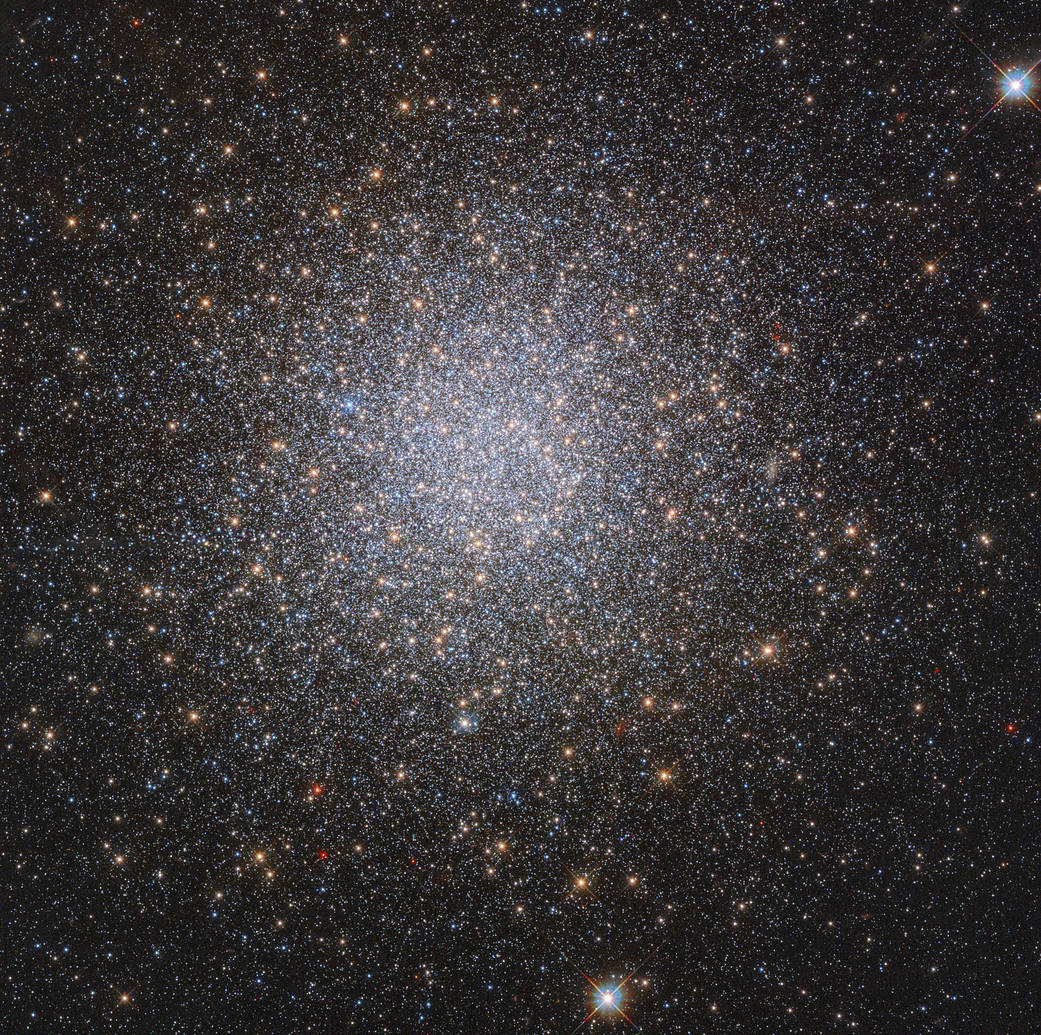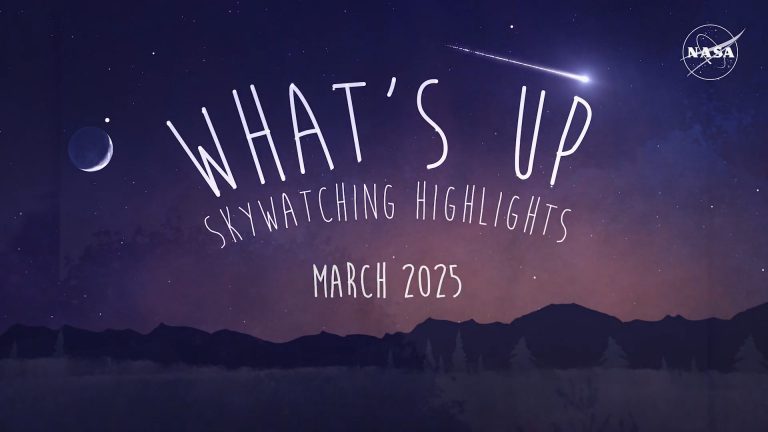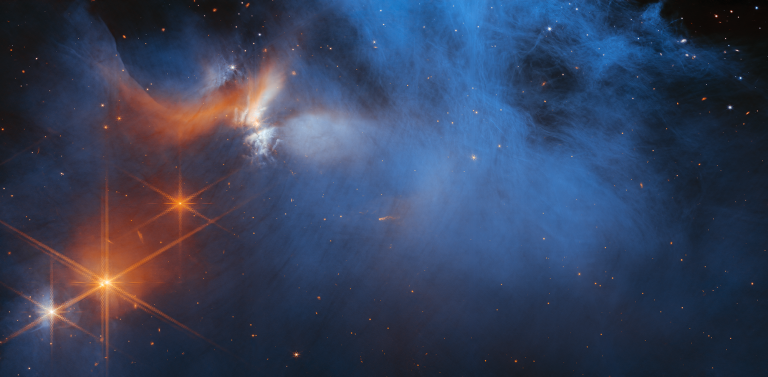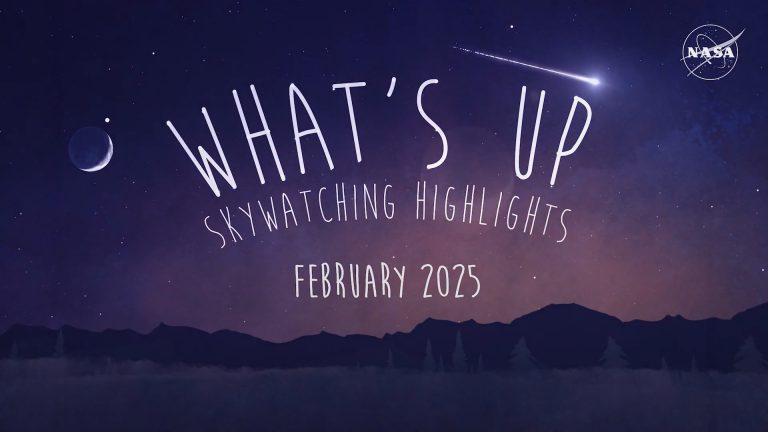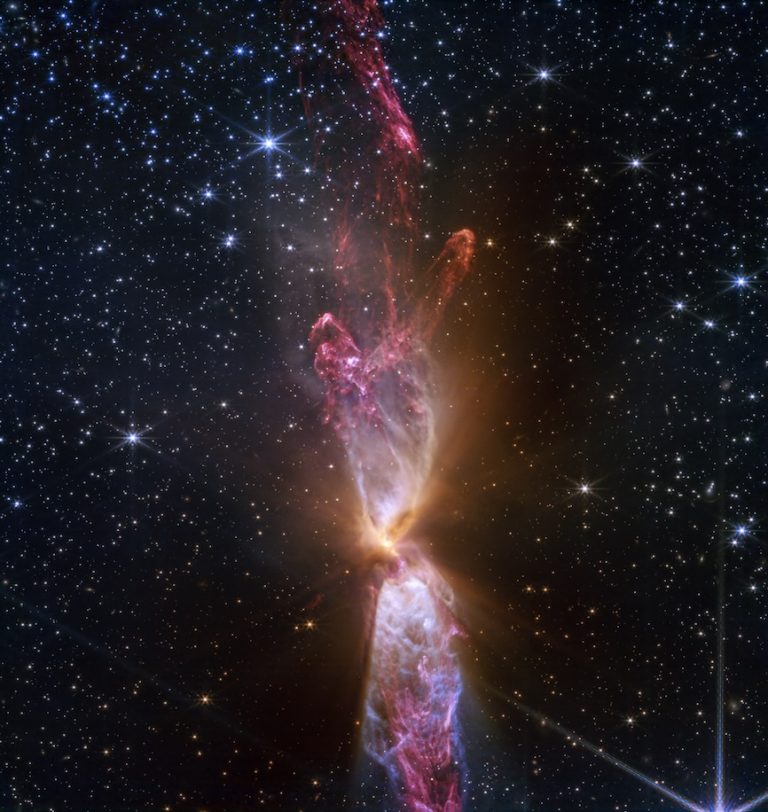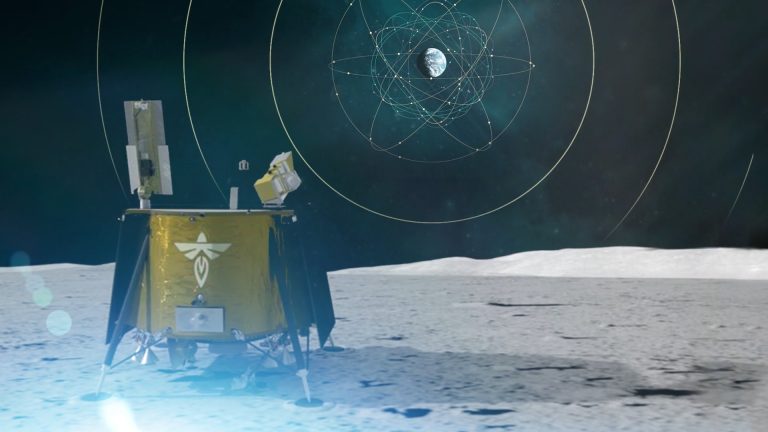This image from the NASA/ESA Hubble Space Telescope shows the globular star cluster NGC 2419. Globular clusters are both beautiful and fascinating. They are spherical groups of stars that orbit the center of a galaxy, and in the case of NGC 2419, that galaxy is our own Milky Way. NGC 2419 is around 300,000 light-years from the solar system, in the constellation Lynx.
The stars populating globular clusters are very similar because they formed at roughly the same time. Astronomers can determine a star’s relative age by its chemical makeup, a property called its metallicity. Because stars in a globular cluster all formed at around the same time, they tend to display similar properties. Astronomers believed this similarity included their stellar helium content. They thought that all stars in a globular cluster would contain similar amounts of helium.
However, Hubble’s observations of NGC 2419 revealed that this is not always the case. This globular cluster holds two separate populations of red giant stars, and one is unusually helium rich. NGC 2419’s stars hold other elements that vary too. In particular, their nitrogen content varies. To make things even more interesting, the helium-rich stars are predominantly in the center of the globular cluster and are rotating. Hubble’s observations raised questions about the formation of globular clusters; did these two drastically different groups of stars form together? Or did this globular cluster come into being by a different route entirely?
Text Credit: European Space Agency (ESA)
Image Credit: ESA/Hubble & NASA, S. Larsen et al.
这张来自NASA/ESA哈勃太空望远镜的图像显示了球状星团NGC 2419。球状星团既美丽又迷人。它们是围绕星系中心运行的球状恒星群,就NGC 2419而言,这个星系就是我们自己的银河系。NGC 2419距离太阳系约30万光年,位于山猫座。
球状星团中的恒星非常相似,因为它们形成的时间大致相同。天文学家可以通过一颗恒星的化学组成来确定其相对年龄,这种性质被称为金属丰度。因为球状星团中的恒星几乎都是在同一时间形成,所以它们往往表现出相似的性质。天文学家认为这种相似性包括恒星的氦含量。他们认为球状星团中的所有恒星都含有类似数量的氦。
然而,哈勃对NGC 2419的观测揭示,情况并非总是如此。这个球状星团拥有两个独立的红巨星群,其中一个异常富含氦。NGC 2419的恒星也含有其他不同的元素。特别是,它们的氮含量各不相同。更有趣的是,富含氦的恒星主要位于球状星团的中心,并且在旋转。哈勃的观测提出了球状星团形成的问题;这两组截然不同的恒星是一起形成的吗?或者这个球状星团是通过完全不同的途径形成的吗?
文字来源:European Space Agency (ESA)
影像来源:ESA/Hubble & NASA, S. Larsen et al.

